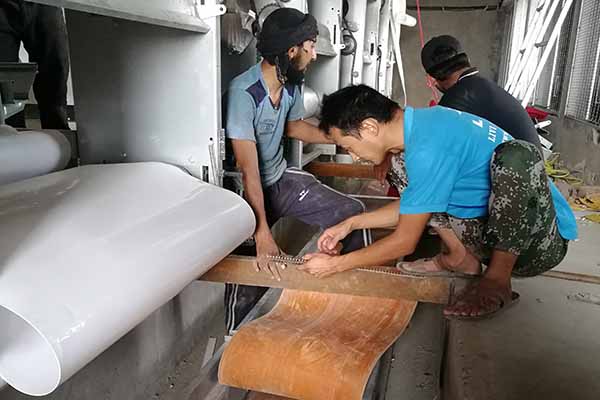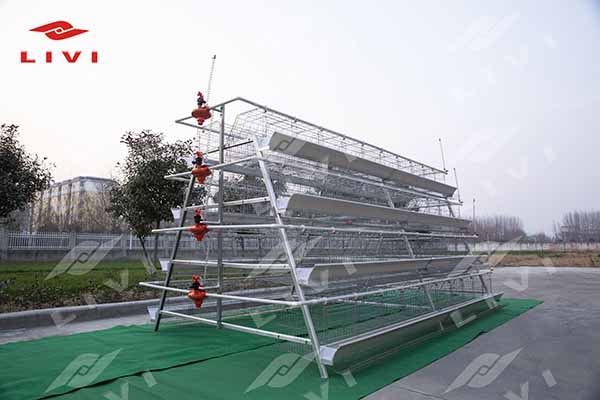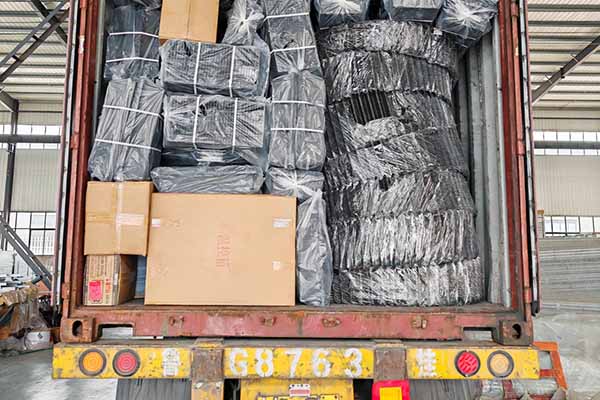Optimizing Chicken Battery Cage Systems for a 500,000 Chicken Operation in Nigeria
In the bustling poultry industry of Nigeria, a 500,000 chicken operation requires an efficient and scalable chicken battery cage system. This article delves into the key aspects of designing a battery cage system tailored for such a large-scale venture.
Understanding the Scale
A 500,000 chicken operation is a significant undertaking. To accommodate this number, the battery cage system must be robust, easy to maintain, and designed to optimize space and efficiency.
- Space Calculation: Each chicken requires approximately 0.15 square meters of space. This translates to around 75,000 square meters of floor space for the cages.
- Capacity: The system should be capable of housing 500,000 chickens without overcrowding, ensuring the well-being of the flock.
- Efficiency: The system should be designed for efficient feeding, water supply, and waste management.
Key Components of the Chicken Battery Cage System
Designing a battery cage system for 500,000 chickens involves integrating several critical components:

- Cages: High-quality, durable cages with dimensions suitable for the chicken size and space requirements.
- Feeding System: Automated feeding systems to ensure consistent nutrition intake and reduce waste.
- Water Supply: Continuous water supply through nipple drinkers or automatic watering systems.
- Environmental Control: Systems to control temperature, humidity, and air quality within the facility.
- Health Management: Facilities for regular health checks and disease control measures.
For a 500,000 chicken operation, the system should also include a centralized monitoring system for real-time data on flock health, feeding patterns, and environmental conditions.
Case Study: Success in a Large-scale Nigerian Poultry Farm
One of Nigeria’s leading poultry farms, with a capacity of 500,000 chickens, implemented a state-of-the-art battery cage system. The results were impressive:
poultry farms, with a capacity of 500,000 chickens, implemented a state-of-the-art battery cage system. The results were impressive:
- Increased Production: The farm experienced a 20% increase in egg production within the first year.
- Healthier Chickens: The system’s health management component led to a decrease in mortality rates.
- Cost Savings: Automated systems reduced labor costs and operational expenses.
This case study highlights the potential of a well-designed battery cage system in enhancing poultry farm efficiency and profitability.
Conclusion
Investing in a high-quality, scalable chicken battery cage system is crucial for a 500,000 chicken operation in Nigeria . By integrating the right components and adhering to best practices, poultry farmers and investors can achieve significant benefits.
. By integrating the right components and adhering to best practices, poultry farmers and investors can achieve significant benefits.
For more information on customizing a chicken battery cage system for your operation, or to request a free poultry design plan and equipment quote from Livi Mechanical, please feel free to leave a comment below.




